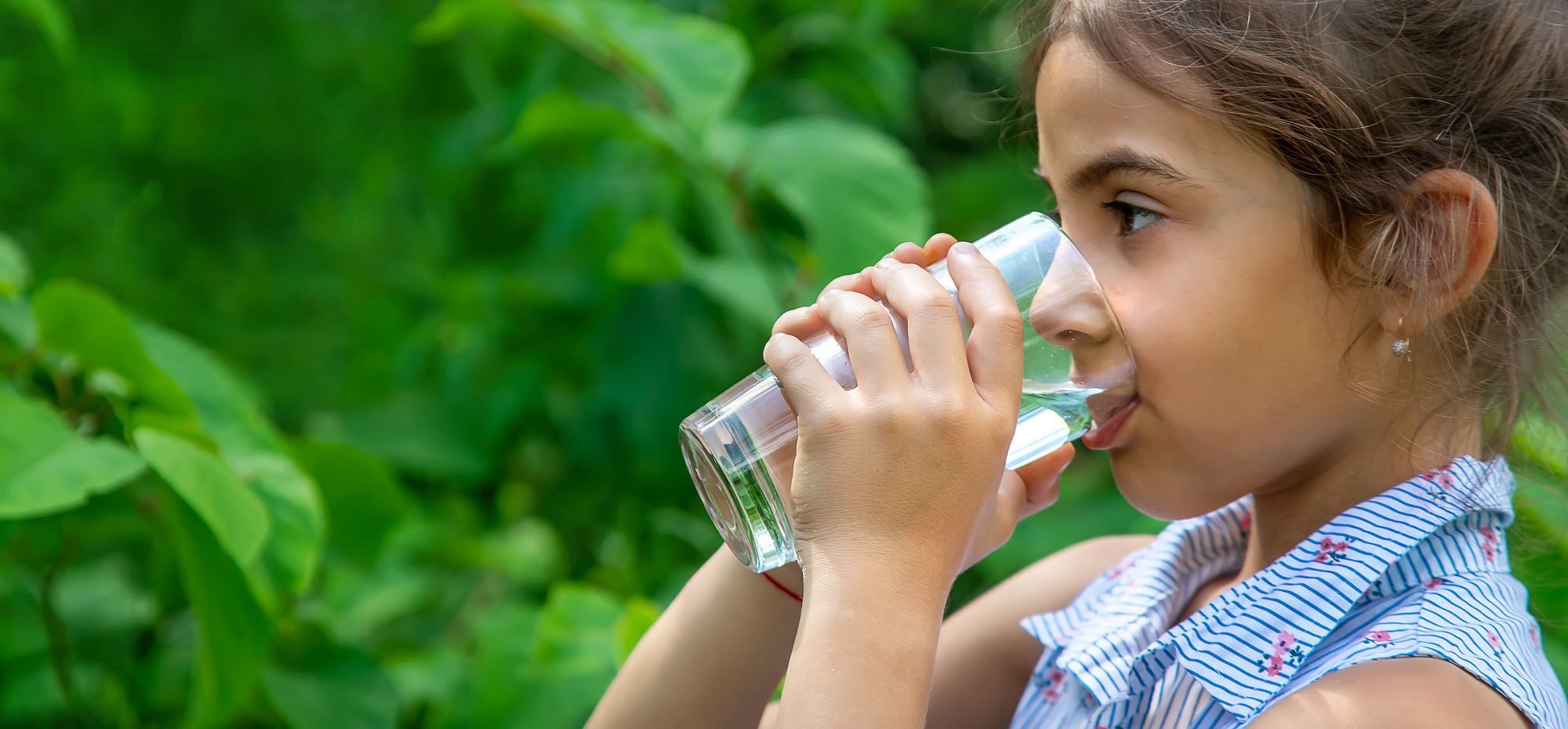Is Your School’s Plumbing in Compliance With the Safe Drinking Water Act?
ANN ARBOR, Mich. – Lead is a common and hazardous contaminant that can be found in the plumbing systems of the nation’s aging infrastructure, including schools and daycare centers. Global public health and safety organization NSF offers resources to help consumers and facility managers find drinking water treatment products, including plumbing supplies, which have been independently tested and certified to meet the requirements of the U.S. Safe Drinking Water Act (SDWA). Under the SDWA, products that contact drinking water must contain less than a 0.25 percent weighted average lead content.
When assessing a school district’s plumbing systems and components, school facility managers and school administrators should be aware of the three main sources of lead contamination in plumbing systems:
- Lead service lines connecting the building plumbing systems to the public water distribution system, typically in buildings constructed prior to 1950
- Lead solder used in copper piping systems installed prior to 1986
- Lead-containing brass or galvanized pipe and fittings that are not certified to the NSF/ANSI 61: Drinking Water System Components – Health Effects standard, which includes many products manufactured prior to the mid-1990s
NSF advises school facility managers and administrators to look for plumbing systems and parts that are certified to the SDWA requirements. Products certified to the NSF/ANSI drinking water standards (NSF/ANSI 61: Drinking Water System Components – Health Effects and NSF/ANSI 372: Drinking Water System Components – Lead Content) have been independently certified to meet federal lead regulations.
NSF/ANSI 61: Drinking Water System Components – Health Effects establishes the minimum requirements for the control of potential adverse human health effects from products that come in contact with drinking water.
NSF/ANSI 372: Drinking Water System Components – Lead Content sets the methodology for product compliance with a maximum weighted average lead content requirement of 0.25 percent as set by the SDWA in January 2014.
NSF has lists of NSF certified lead-free products including faucets, drinking fountains and icemakers on its website at www.leadfreeschools.com.
The U.S. EPA defines “lead-free” under the SDWA Act as a weighted average of 0.25 percent lead calculated across the wetted surface of a pipe, pipe fitting, plumbing fitting and fixture and 0.2 percent lead for solder and flux.
The SDWA also prohibits…
“the use of any pipe, any pipe or plumbing fitting or fixture, any solder, or any flux, after June 1986, in the installation or repair of (i) any public water system; or (ii) any plumbing in a residential or non-residential facility providing water for human consumption, that is not lead free.”
The regulations also prohibit the sale of any pipe, plumbing fitting or fixture, solder or flux that is not lead-free, unless its use is for manufacturing or industrial purposes.
Schools can test their water for lead by first contacting the local regulatory authority to find out if the state or local jurisdiction has specific requirements. The U.S. EPA outlined a method of testing for lead in drinking water for schools and daycare centers in the Lead Contamination Control Act (1988), which also banned lead-lined water coolers and provided guidance on sampling water from faucets and drinking fountains when testing for lead in schools and daycare centers.
Visit leadfreeschools.com for additional information on drinking water standards and links to accredited water testing facilities by state.
To speak with an NSF water expert please contact Dave Purkiss, General Manager, Plumbing Water Systems, at purkiss@nsf.org or 1-734-827-6625.
Editor’s Note: Media interested in more information can contact Thomas Frey, APR, at media@nsf.org or call +1 734 214 6242.
About NSF: NSF (nsf.org) is a global independent organization that writes standards, and tests and certifies products for the water, food, health sciences and consumer goods industries to minimize adverse health effects and protect the environment. Founded in 1944, NSF is committed to protecting human health and safety worldwide. Operating in more than 170 countries, NSF is a Pan American Health Organization/World Health Organization (WHO) Collaborating Center on Food Safety, Water Quality and Indoor Environment.
NSF’s water services include certification of products that come into contact with drinking water, such as plumbing components, water treatment chemicals and drinking water filters, as well as pool and spa equipment and chemicals. NSF led the development of the American National Standards for all materials and products that treat or come in contact with drinking water to help protect public health and the environment and minimize adverse health effects. In 1990, the U.S. EPA replaced its own drinking water product advisory program with these NSF standards. Today, most plumbing codes require certification to NSF standards for pipes and plumbing components in commercial and residential buildings.
Share this Article
How NSF Can Help You
Get in touch to find out how we can help you and your business thrive.

What’s New with NSF

NSF Celebrates 50 Years of the Safe Drinking Water Act
December 16, 2024
Brooklands New Media’s Publication On NSF’s Global Animal Wellness Standards (GAWS) Not Endorsed by NSF
November 25, 2024
NSF Announces Participation in Sustainable Foods 2025, CNBC Docuseries
November 18, 2024